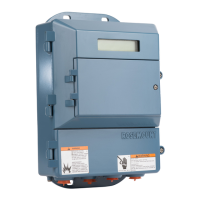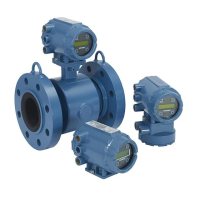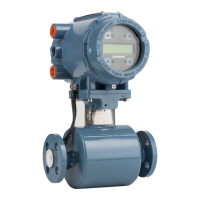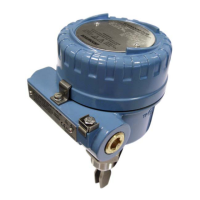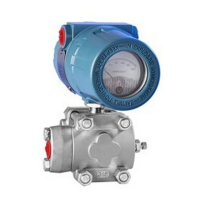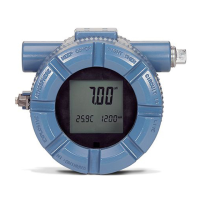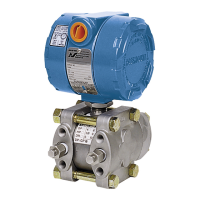Reference Manual
00809-0100-4004, Rev BA
August 2010
4-15
Rosemount 8800D
Local Display
The Local Display function on the Rosemount 8800D allows you to select
which variables are shown on the optional (M5) local display. Choose from the
following variables:
• Primary Variable
• Loop Current
• Percent of Range
• Totalizer
• Shedding Frequency
•Mass Flow
• Velocity Flow
• Volumetric Flow
• Pulse Output Frequency
• Electronics Temperature
• Process Temperature (MTA Option Only)
• Calculated Process Density (MTA Option Only)
Signal Processing The Rosemount 8800D and its HART-based communications feature enable
you to filter out noise and other frequencies from the transmitter signal. The
four user-alterable parameters associated with the digital signal processing
on the Rosemount 8800D include low-pass filter corner frequency, low-flow
cutoff, trigger level, and damping. These four signal conditioning functions are
configured at the factory for optimum filtering over the range of flow for a
given line size and service type (liquid or gas). For most applications, leave
these parameters at the factory settings. Some applications may require
adjustment of the signal processing parameters.
Use signal processing only when recommended in the Troubleshooting
section of this manual. Some of the problems that may require signal
processing include:
• High output (output saturation)
• Erratic output with or without flow present
• Incorrect output (with known flow rate)
• No output or low output with flow present
• Low total (missing pulses)
• High total (extra pulses)
If one or more of these conditions exist, and you have checked other potential
sources (K-factor, service type, lower and upper range values, 4–20mA trim,
pulse scaling factor, process temperature, pipe ID), refer to Section 5:
Troubleshooting. Remember that the factory default settings can be
re-established at any time with Filter Restore. If problems persist after signal
processing adjustments, consult the factory.
Field Comm. 1, 4, 2, 4
Field Comm. 1, 4, 3
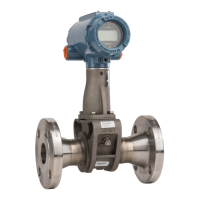
